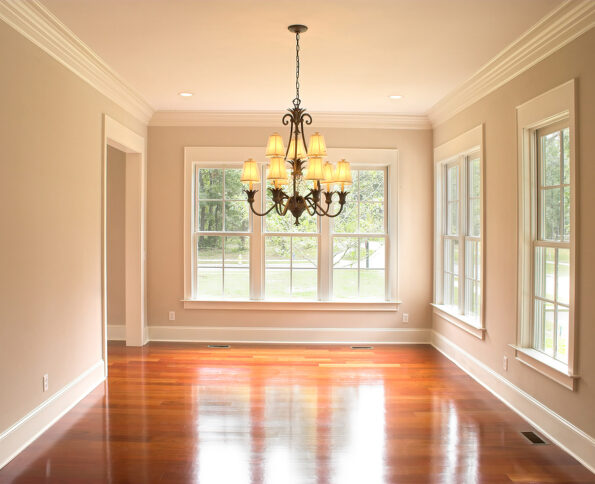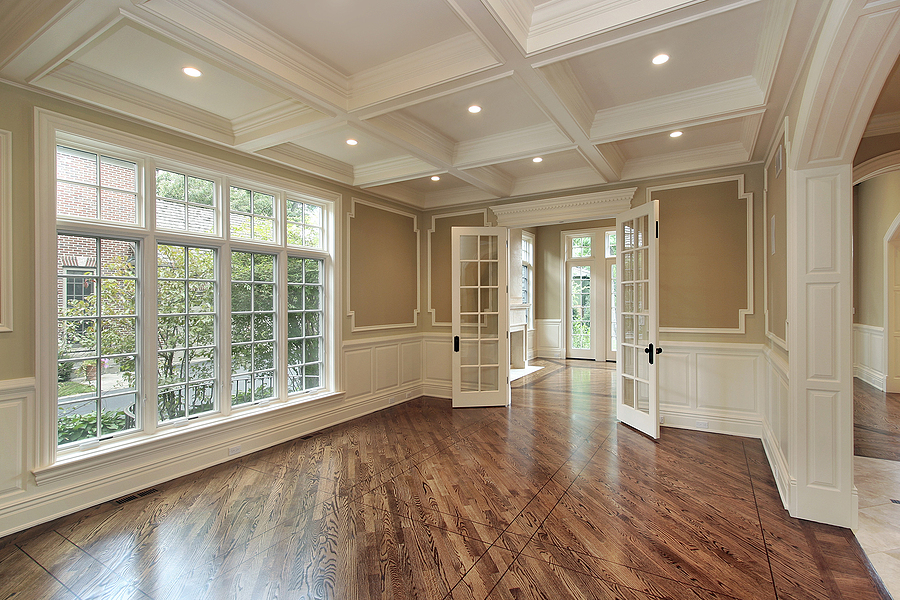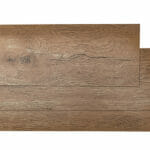Flooring is a key consideration when designing or renovating a dining room. The right flooring can create an attractive and functional space, while the wrong choice can make your dining area uncomfortable and difficult to maintain. In this blog post, we will explore the different types of flooring that are best suited for dining rooms.
Let’s take a look at these flooring options.
- Oak Flooring
The oak is a strong, heavy hardwood that is prized for its strength and appearance. It’s one of the most popular types of flooring and has earned a reputation as the “classic” wood choice for dining rooms. Oak can provide warmth and character to a room decked out in this classic material. However, it does require tender loving care to maintain the luster and artistic appeal it brings to your dining room.
Oak flooring can be sanded down and refinished if necessary, making it a long-term investment not only in terms of appearance but durability as well.
- Laminate flooring
Laminate flooring is guaranteed to last for years. The wear layer on the laminate is made of high-density fiberboard, which makes it extremely difficult to dent or scratch. Additionally, the UV coating prevents fading from light exposure, and any liquid spills can be easily wiped up with a damp cloth.
While the transition strip (the material connecting the dining room to other rooms) will need replacing periodically, you do not have to replace individual planks as they become worn out.

- Engineered flooring
Engineered flooring is very stable thanks to the cross-layering design that sandwiches its core between several layers of wood veneer – this reduces any chance of bowing or warping. And because all graded materials are used for the cores, engineered floors tend to be of superior quality than many other types at equivalent thicknesses.
- Concrete Floors
Concrete Floors can be poured onto almost any subfloor as long as it is smooth enough for good adhesion, but you may need to start over with an uneven surface. Concrete does not expand or contract under normal conditions (like wood), so do not use it on or near exterior walls exposed directly to weather or against poorly insulated exterior walls. Concrete is very durable, but it also stains easily if not prepared properly.
- Vinyl Tile
Vinyl tile has many benefits. The first benefit is that vinyl flooring is waterproof, so any liquid spills or food crumbs are easily cleaned up. This makes it perfect for a place where people are eating and cooking. Another reason why vinyl floors are great for dining rooms is that they are smooth to the touch, making them good for slipping on shoes that may be wet outside or have excess dirt on them from outdoor activities.
Vinyl tiles can come in wood grains, stone patterns, ceramic designs, and even mosaics with painted borders.
The Bottom Line
There are many options for dining room flooring that are both beautiful and functional. The most important consideration, however, is the lighting in the room. If it is dark with low ceilings, tile or flagstone with be difficult to maintain because they are not sealed well.
Keep the size of your dining table in mind, too – if you have a large table, you may want larger tiles so that there isn’t wasted space between them.
Image Source: BigStockPhoto.com (Licensed)
Site Disclaimer
The Content in this post and on this site is for informational and entertainment purposes only. You should not construe any such information or other material as legal, tax, investment, financial, or other advice. Nothing contained on our Site constitutes a solicitation, recommendation, endorsement, or offer by HII or any third party service provider to buy or sell any securities or other financial instruments.
Nothing in this post or on this site constitutes professional and/or financial advice. You alone assume the sole responsibility of evaluating the merits and risks associated with the use of any information or other content in this post or on this site.
You recognize that when making investments, an investor may get back less than the amount invested. Information on past performance, where given, is not necessarily a guide to future performance.
Related Categories: Home, Reviews







